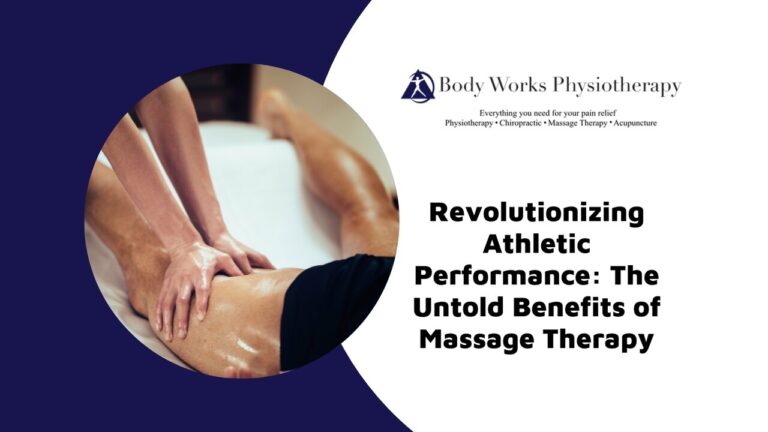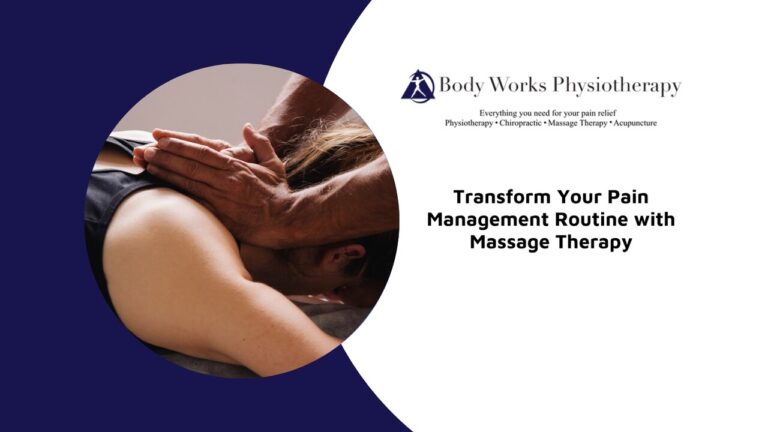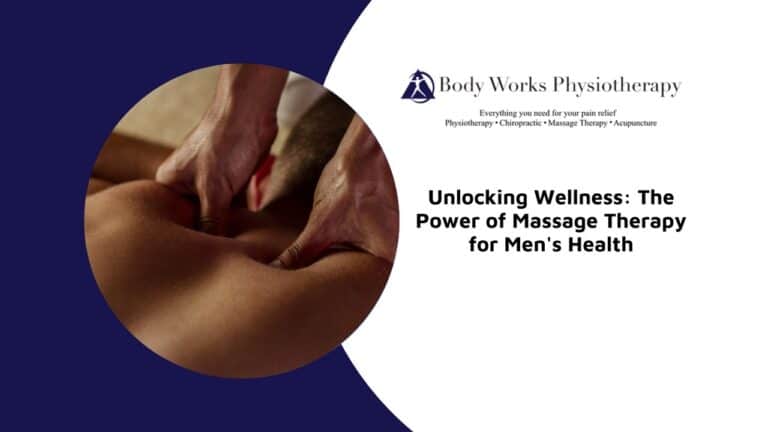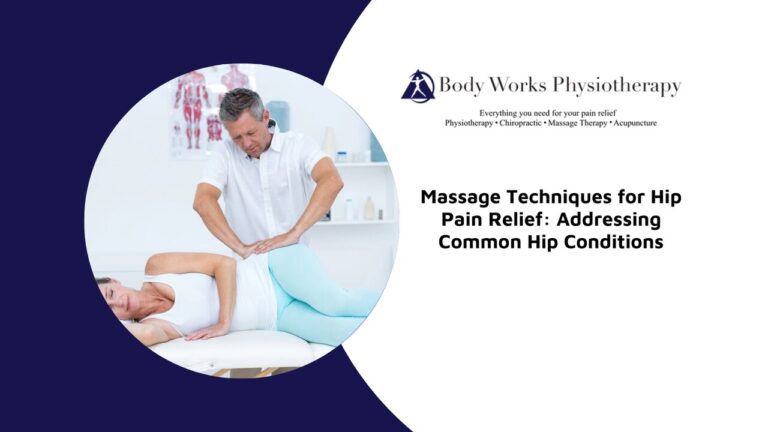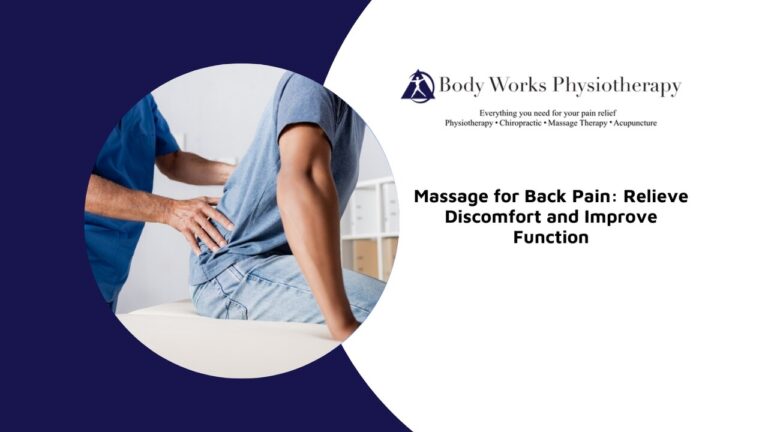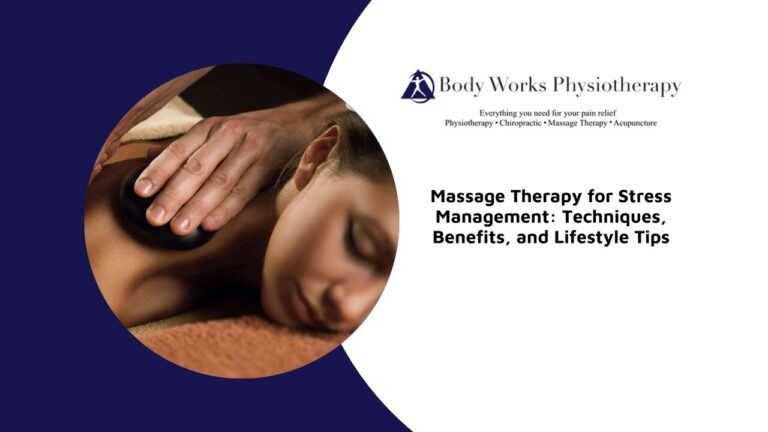
The common wisdom about piriformis syndrome is that it is the same thing as sciatica. But the fact is that if you’re struggling with persistent pain in your buttocks, lower back, or down your leg, you might be dealing with piriformis syndrome. In this post, we dive deep into understanding this condition and explore how massage therapy can alleviate piriformis syndrome pain.
Understanding Piriformis Syndrome
Piriformis syndrome is a neuromuscular condition where the piriformis muscle irritates the sciatic nerve, leading to discomfort.
Symptoms include deep, aching pain in the buttock, which is often worsened by sitting or climbing stairs. Radiating pain from the buttock down the back of the leg is another common complaint. People also report numbness or tingling sensations extending from the buttock to the foot and reduced range of motion in the hip or leg due to pain.
Causes involve muscle overuse from activities like running or cycling. Trauma to the buttock, such as from a fall, can also cause piriformis syndrome. Anatomical variations affecting the sciatic nerve’s path and poor posture from prolonged sitting are other contributing factors.
Understanding these aspects of piriformis syndrome can help in managing and treating the condition effectively.
The Role of Massage Therapy in Treating Piriformis Syndrome
Massage can be highly effective for managing piriformis syndrome. This condition, which involves the piriformis muscle irritating the sciatic nerve, often results in pain and tightness in the buttock, lower back, and down the leg.
Massage therapy, including techniques such as deep tissue massage and trigger point therapy, can help relieve muscle spasms, reduce tightness, and improve the range of motion. By targeting the soft tissue around the piriformis muscle, a skilled massage therapist can help reduce pain and improve overall mobility. Massage also has other benefits including:
- Enhanced Circulation: Massage increases blood flow to the affected area, promoting healing and reducing inflammation.
- Muscle Relaxation: Helps in relieving chronic muscle tension, allowing the muscle to relax.
- Stress Relief: Alleviating stress through massage can indirectly reduce muscle tension and pain.
Deep Tissue Massage for Piriformis Syndrome
Deep tissue massage can be very effective in treating piriformis syndrome. This type of massage focuses on the deeper layers of soft tissue, helping to release muscle tightness and reduce spasms.
By applying sustained pressure on the piriformis muscle and surrounding areas, a massage therapist can help alleviate pain and improve the range of motion. Regular sessions of deep tissue massage, combined with other therapeutic exercises and self-massage techniques, can significantly contribute to pain relief and recovery.
- Enhanced Muscle Recovery: Deep tissue massage can expedite the muscle recovery process.
- Pain Management: Consistent sessions can help manage chronic pain more effectively.
- Customized Care: Deep tissue techniques can be tailored to the individual’s specific needs and pain points.
Fastest Way to Heal Piriformis Syndrome
The fastest way to heal piriformis syndrome typically involves a combination of approaches. Regular massage therapy, focusing on the piriformis muscle and surrounding areas, can provide significant pain relief. Treatments such as physiotherapy can also effectively complement massage therapy for piriformis syndrome.
Self-massage using a tennis ball can help target trigger points and reduce muscle spasms. Additionally, incorporating stretching exercises, avoiding activities that exacerbate the pain, and using anti-inflammatory medications as needed can accelerate recovery. Consulting with a massage therapist and possibly a physiotherapist can ensure a comprehensive treatment plan.
Activities to Avoid with Piriformis Pain
When dealing with piriformis pain, avoid activities that strain the piriformis muscle and sciatic nerve. This includes prolonged sitting, particularly on hard surfaces, and engaging in high-impact exercises like running or jumping.
Additionally, avoid heavy lifting and movements that require excessive twisting of the lower back and thigh. It’s also crucial not to ignore persistent pain—consult a massage therapist or healthcare provider to develop a suitable treatment plan. Common mistakes people make when recovering from piriformis syndrome include:
- Incorrect Stretching: Avoid overstretching the piriformis muscle as it can aggravate the condition.
- Cold Therapy Misuse: Using ice packs for too long can cause muscle stiffness rather than relief.
- Wearing Unsupportive Footwear: Shoes without proper support can worsen posture and contribute to muscle strain.
Walking With Piriformis Pain: What to Know
Walking can be beneficial for piriformis pain as long as it is done in moderation and with proper posture. Gentle walking helps increase blood flow to the lower back, buttock, and thigh areas, which can aid in reducing muscle tightness and spasms. However, it’s important to avoid overexertion and ensure that walking does not exacerbate the pain. If walking causes discomfort, it’s advisable to seek guidance from a massage therapist or healthcare provider.
Maintaining a neutral spine and avoiding slouching can prevent additional strain. Start with short distances and gradually increase as comfort allows. Gentle stretching before walking can prepare the muscles and reduce the risk of injury.
Complementary Treatments for Piriformis Syndrome
While massage therapy is highly effective in managing piriformis syndrome, combining it with other complementary treatments can enhance recovery and provide more comprehensive relief.
- Physiotherapy: Physiotherapy focuses on restoring movement and function when someone is affected by injury. For piriformis syndrome, a physiotherapist can design a tailored exercise program to strengthen the muscles around the piriformis, improve flexibility, and correct any biomechanical issues that might be contributing to the condition.
- Chiropractic Care: Chiropractic care involves the assessment and treatment of mechanical disorders of the musculoskeletal system, particularly the spine. Chiropractors use joint manipulations to improve joint and spinal function, which can reduce the pressure on the piriformis muscle and sciatic nerve.
- Acupuncture: Acupuncture is a traditional Chinese medicine technique that involves inserting thin needles into specific points on the body to stimulate healing and relieve pain. For piriformis syndrome, acupuncture can help by reducing muscle spasms, improving blood flow, and promoting the release of endorphins, which are natural painkillers.
By integrating these therapies with massage therapy, individuals with piriformis syndrome can achieve a more holistic approach to managing their condition.
Can You Fully Recover from Piriformis Syndrome?
Full recovery from piriformis syndrome is possible with appropriate treatment. A combination of massage therapy, self-massage techniques, and stretching exercises can significantly alleviate pain and improve muscle function.
Addressing underlying issues such as posture and biomechanics, and avoiding activities that trigger pain, are also crucial. Consistent and targeted treatment from a skilled massage therapist can help ensure a complete recovery and prevent recurrence.
- Long-Term Maintenance: Continuing preventive measures even after recovery can sustain muscle health.
- Education and Awareness: Understanding body mechanics can help avoid future injuries.
- Personalized Exercises: Customized exercises based on individual needs can enhance recovery and prevent recurrence.
You Don’t Have to Live in Pain
Piriformis syndrome can be a challenging condition, but with the right treatment modalities and lifestyle modifications, it can be managed and treated. At Body Works Physiotherapy in Scarborough, our experienced massage therapists are dedicated to helping you overcome piriformis syndrome with targeted, effective treatments.
From walking pain-free to returning to sports, our clients have transformed their lives through registered massage therapy. Don’t wait any longer to experience these results for yourself. Book your appointment now!

